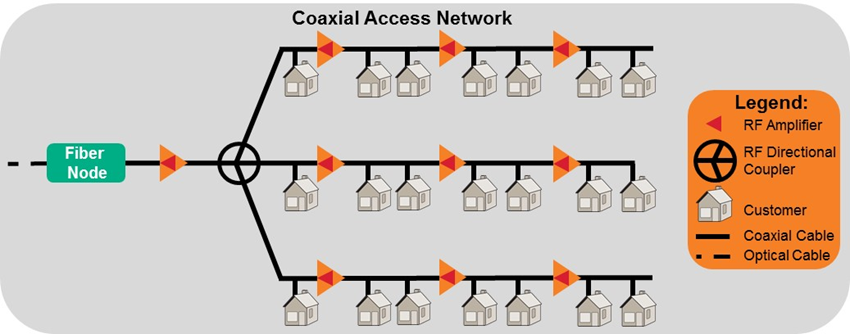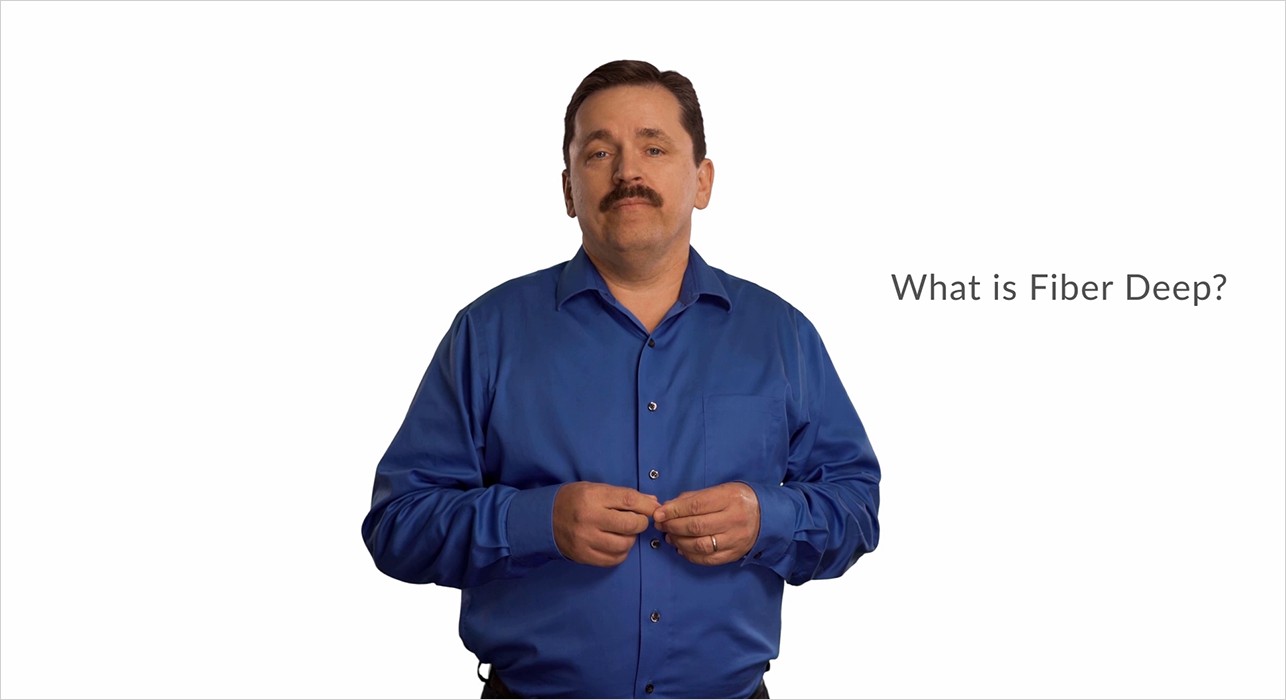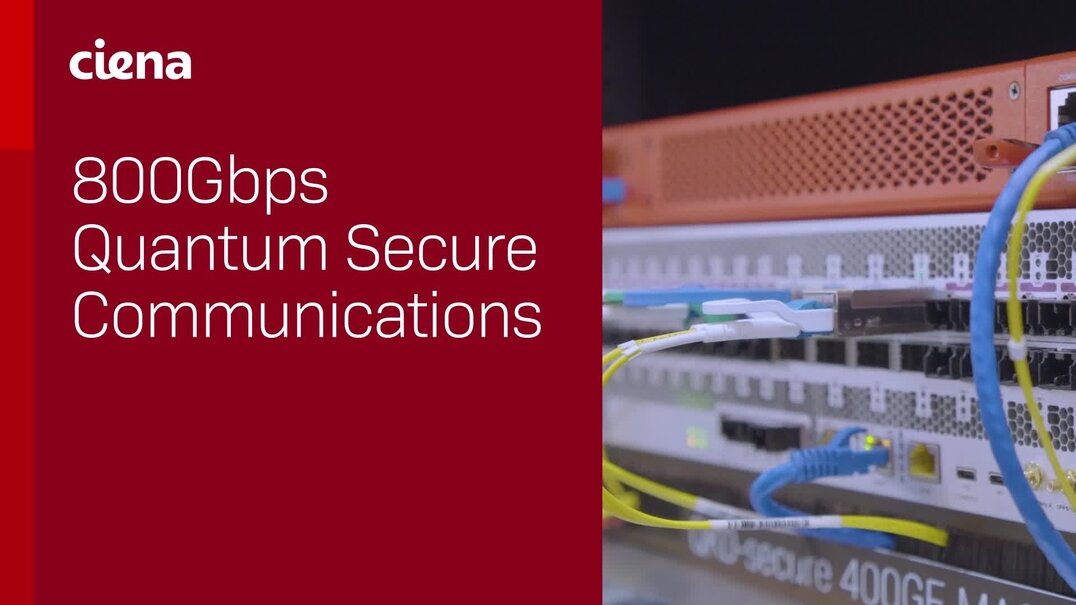Sharing Bandwidth with the Neighbors
Neighbors, when asked, will typically share a cup of sugar. In some cases, the ‘cup of sugar’ request was, and is, a great way to meet or start a friendly conversation with our neighbors. Waving from 50 feet away, or over a fence, isn’t as inviting or approachable. While being a good neighbor has its benefits, most draw the line for sharing with things like Internet access, typically by simply adding a security key to their home WiFi network. After all, now we’re talking bandwidth, and not sugar!
But with the Internet, every connection is a ‘shared’ connection. Sometimes sharing is done close to your house, a fiber node, headend, or Border Gateway Protocol (BGP) router. BGP is the routing protocol used to route traffic across the Internet Wide Area Network (WAN).
If you want to guarantee that your service is not shared, you must get an enterprise level connection. But even with enterprise level connections, they only guarantee your speed up until the BGP router of your Internet Service Provider (ISP), and as soon as you get on the Internet – you guessed it, its shared and all bets are off!
Most residential broadband technologies share bandwidth.
For cable operators today, coaxial cable is used to deliver broadband services to their existing customers, and will continue for many years. In the cable operator coaxial access network, cable bandwidth is shared among all subscribers in a service group. Service group sizes can vary, but typical coaxial access networks can range in the hundreds (300-500), depending on region.

Customers Quality of Experience (QoE) can be negatively impacted by packet congestion, or bandwidth limits that lead to excessive network delays, dropped calls, and pixelated videos. Cable operators can improve QoE for their customers by reducing the service group size, putting fewer customers on each fiber node, and creating excess capacity in the cable access network.
Reducing the service group size can also benefit by reducing the number of coaxial amplifiers used, which are expensive to operate and maintain, and can restrict bandwidth. Having upgraded their networks many times, cable operators are very comfortable with the extensibility of the coaxial network, and their ability to put high capacity anywhere in their network, making their customers QoE even better.
Cable networks extensible coaxial cable asset is getting primed for the digital future, where millions of broadband connected devices have their share of bandwidth.
So, while sharing a cup of sugar with your neighbor is a good thing, sharing your precious bandwidth can also be good too! Ciena is all about sharing, and as a world leader in fiber optic solutions, Ciena can help.
Want to learn more? Watch Ciena’s Chalk Talk: Fiber Deep on how cable operators are putting high capacity anywhere in their network by pushing fiber deeper.








